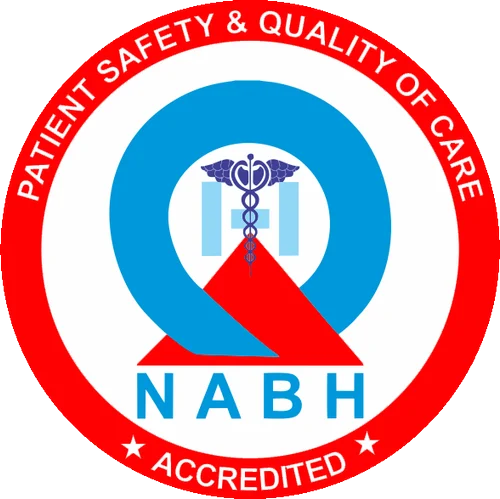Phacoemulsification
Phacoemulsification (No Stitch, No injection Cataract Surgery)
Phacoemulsification is the most common form of cataract removal surgery as no stitches are used to close the wound, and often no eye patch is required after surgery.
Phacoemulsification typically comprises the following steps:
- Anaesthetic – The eye is numbed with using simple anaesthetic eye drops.
- Corneal Incision – Two cuts are made through the clear cornea to allow insertion of instruments into the eye.
- Capsulorhexis – A needle or small pair of forceps is used to create a circular hole in the capsule (or bag) in which the natural lens sits.
- Phacoemulsification – A handheld probe is used to break up and emulsify the lens into liquid using the energy of ultrasound waves. The resulting ’emulsion’ is sucked away.
- Irrigation and Aspiration – The cortex which is the soft outer layer of the cataract is aspirated or sucked away. Fluid removed is continually replaced with a salt solution to prevent collapse of the structure of the anterior chamber (the front part of the eye).
Lens insertion – An acrylic foldable lens is inserted into the capsular bag that originally contains the natural lens.
WHAT ARE TYPES OF INTRAOCULAR LENSES FOR CATARACT SURGERY?
There are a variety of intraocular lens styles available for implantation, including monofocal, toric, and multifocal intraocular lenses.
1. Monofocal lens: These lenses are the most commonly implanted lenses today. They have equal power in all regions of the lens and can provide high-quality distance vision, usually with only a light pair of spectacles. Monofocal lenses are in sharpest focus at only one distance. They do not correct pre-existing astigmatism, a result of irregular corneal shape that can distort vision at all distances. Patients who have had monofocal intraocular lenses implanted usually require reading glasses.
2. Toric lens: Toric lenses have more power in one specific region in the lens to correct astigmatism as well as distance vision. Due to the difference in lens power in different areas, the correction of astigmatism with a toric lens requires that the lens be positioned in a very specific configuration.
3. Multifocal lens: Multifocal intraocular lenses are one of the latest advancements in lens technology. These lenses have a variety of regions with different power that allows some individuals to see at a variety of distances, including distance, intermediate, and near. While promising, multifocal lenses are not for everyone. They can cause significantly more glare than monofocal or toric lenses. Multifocal lenses cannot correct astigmatism, and some patients still require spectacles or contact lenses for clearest vision.
AFTER THE PROCEDURE
Before you go home, you may receive the following:
- A patch to wear over your eye until the follow-up exam
- Eyedrops to prevent infection, treat inflammation, and help with healing
- You will need to have someone drive you home after surgery.
- You will usually have a follow-up exam with your doctor the next day.
Tips for safe recovery after cataract surgery:
Recovery takes about 2 weeks.
- Wear dark sunglasses outside after you remove the patch.
- Wash your hands well before and after using eye drops and touching your eye.
- Try not to get soap and water in your eye when you are bathing or showering for the first few days.
- Light activities are best as you recover.
Most important -Keep your follow-up visit with your doctor.


